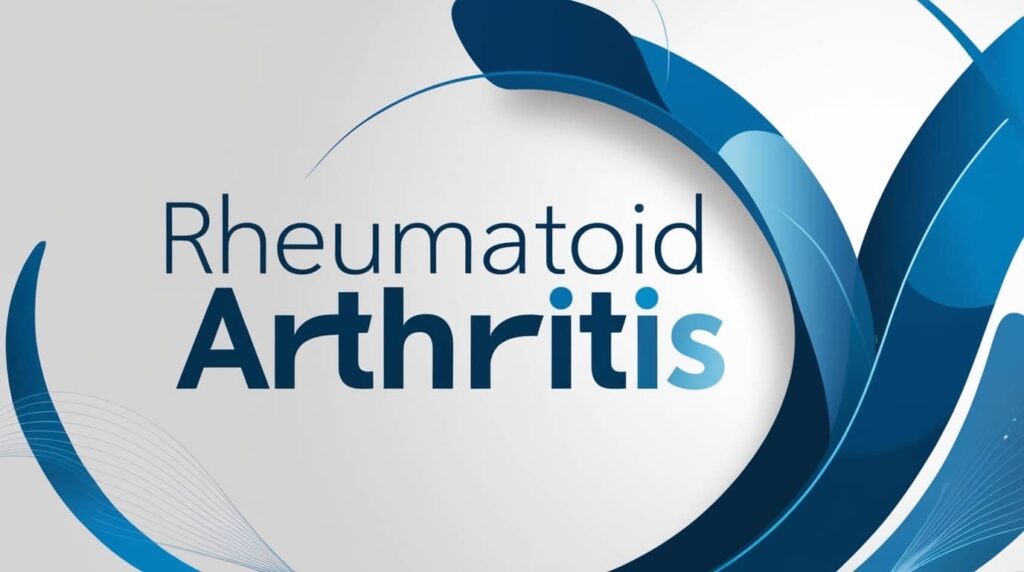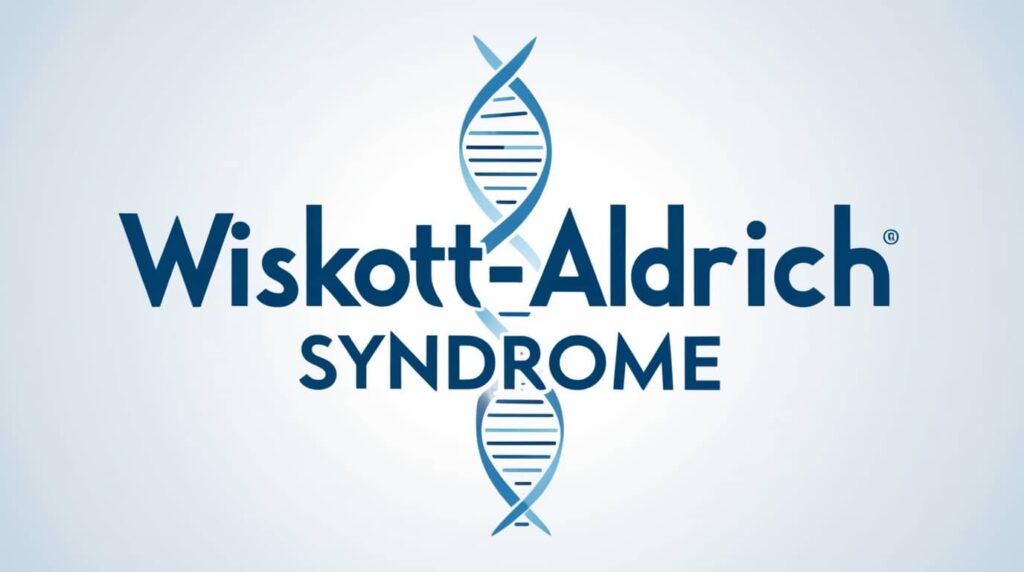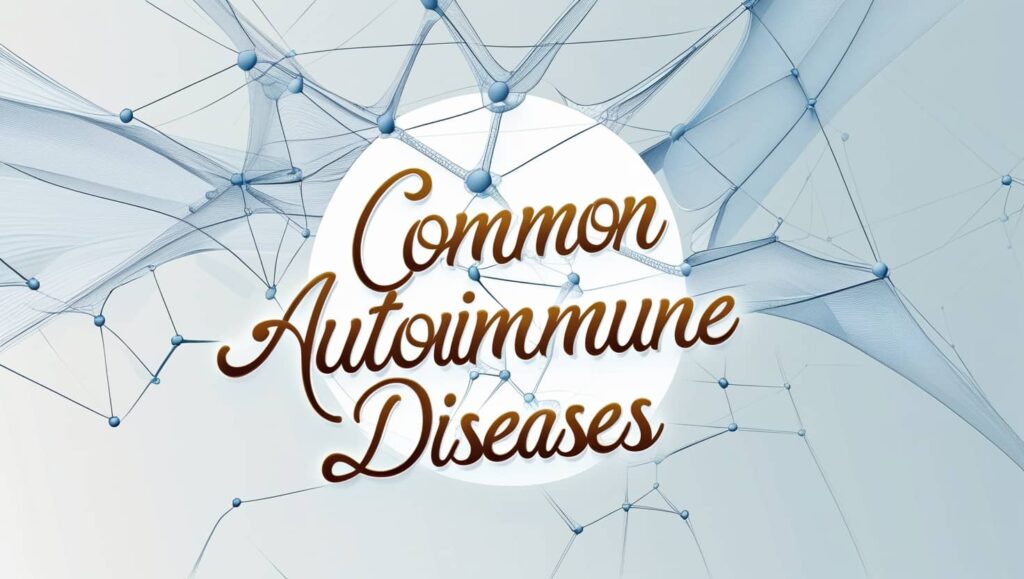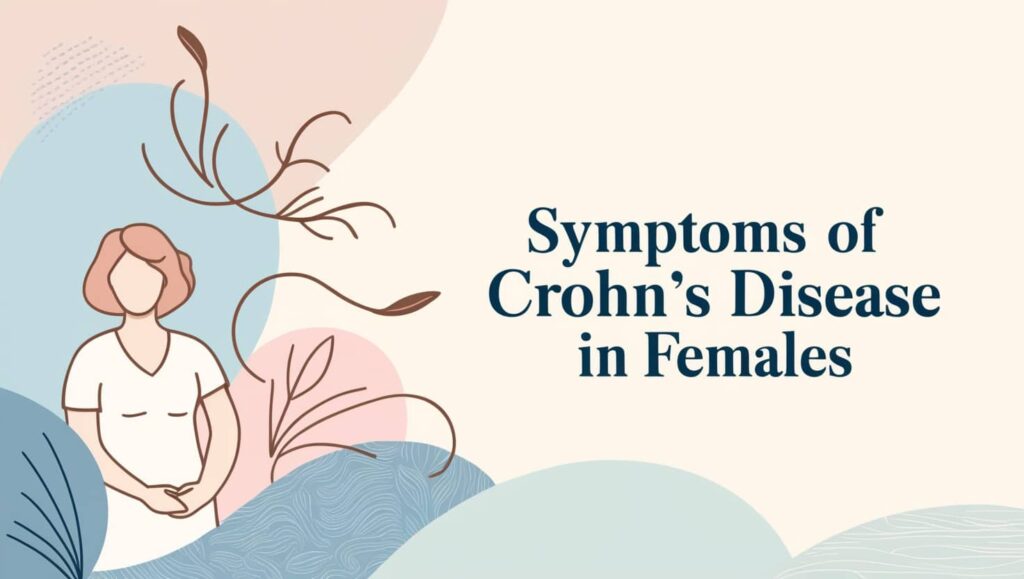Acquired angioedema (AAE) is defined as a deficiency in the C1 esterase inhibitor.
It is a rare disorder characterized by recurring angioedema without urticaria that may be linked to lymphoproliferative disorders (LPD).
It can cause severe abdominal pain that mimics an acute surgical abdomen.
Clinically, it is characterized by recurrent episodes of edema of the face, extremities, and genitalia as well as swelling of the mucosa of the gastrointestinal tract and the upper airways.
The swellings are painful and interfere with daily activities, and edema of the upper airways can be fatal.
Acquired angioedema is classified into two types: AAE-I and AAE-II.
AAE-I has been linked to a number of other diseases, the most common of which are B-cell lymphoproliferative disorders.
AAE-II can be defined by the presence of an autoantibody directed against the C1-inhibitor molecule.
Differentiating AAE-I from AAE-II is vital because each type requires different therapeutic interventions.
Causes of Acquired Angioedema
AAE results from an acquired deficiency of (C1-INH), which can be caused by consumption (type 1) or inactivation (type 2).
This increased catabolism can be caused by an autoimmune disorder (such as systemic lupus erythematosus) or a malignant tumor (such as lymphoma).
Swelling episodes can be triggered by a variety of factors, including mild trauma (such as dental work), viral illness, cold exposure, pregnancy, certain foods, or emotional stress.
When Do Symptoms of Acquired Angioedema Begin?
Symptoms of this disease may start to appear as an Adult.
Symptoms of Acquired Angioedema
The primary symptom is swelling usually affects the face, mouth, and upper airways which can be severe. Itching and urticaria don’t occur.
AAE patients may experience swelling of the lips, tongue, limbs, or genitalia.
Patients may experience edema of the upper airway, which can be fatal, as well as edema of the lining of the digestive tract, which can result in nausea and abdominal pain.
Read Also: Early Signs of Lupus in Females
Diagnosis of Acquired Angioedema
Measurement of complement levels
Clinicians should suspect acquired C1 inhibitor deficiency or hereditary angioedema if angioedema is not accompanied by urticaria, recurs without apparent cause, or is triggered by local trauma.
Clinicians should consider hereditary angioedema if family members have it
Measurements of the levels of C4, C1 inhibitor, and C1q (a component of C1).
Hereditary angioedema (types 1 and 2) or acquired C1 inhibitor deficiency is confirmed by: –
- Low C4 levels, even between episodes.
- Decreased C1 inhibitor level or function.
Other findings include
Acquired C1 inhibitor deficiency: Low C1q levels.
Treatment of Acquired Angioedema
Acute attacks can be resolved by administering plasma-derived or recombinant C1-INH, but some patients experience non-responsiveness.
Icatibant, a bradykinin B2 receptor antagonist, has been shown to alleviate AAE symptoms and was well tolerated.
Ecallantide, a potent bradykinin pathway inhibitor, has also shown promise in the treatment of AAE, it is also considered another treatment option for patients who have developed resistance to C1-INH replacement.
If neither of these treatments is available, fresh frozen plasma (FFP) may be used.
It is also important to remember that treating an underlying causative condition can lead to an improvement in AAE.
Rituximab efficacy has been shown to be variable in AAE.
Unfortunately, standard epinephrine, corticosteroid, and antihistamine regimens do not have much effect on AAE and are not recommended for this medical condition.
Read Information About: Rheumatoid Arthritis | Symptoms, Causes, and Treatments
Summary
Acquired angioedema (AAE) is defined as a deficiency in the C1 esterase inhibitor.
It is a rare disorder characterized by recurring angioedema without urticaria that may be linked to lymphoproliferative disorders (LPD).
Acquired angioedema is classified into two types: AAE-I and AAE-II.
AAE results from an acquired deficiency of (C1-INH), which can be caused by consumption (type 1) or inactivation (type 2).
This increased catabolism can be caused by an autoimmune disorder (such as systemic lupus erythematosus) or a malignant tumor (such as lymphoma).
The primary symptom is swelling usually affects the face, mouth, and upper airways which can be severe. Itching and urticaria don’t occur.
Clinicians should suspect acquired C1 inhibitor deficiency or hereditary angioedema if angioedema is not accompanied by urticaria, recurs without apparent cause, or is triggered by local trauma.
Hereditary angioedema (types 1 and 2) or acquired C1 inhibitor deficiency is confirmed by: –
- Low C4 levels, even between episodes.
- Decreased C1 inhibitor level or function.
Treatment options include: –
Plasma-derived or recombinant C1-INH for acute attacks.
Icatibant which alleviate AAE symptoms and was well tolerated.
Ecallantide is used in the treatment of AAE and is also considered another treatment option for patients who have developed resistance to C1-INH replacement.
Fresh frozen plasma (FFP) may be used if neither of these treatments is available.
References
- Author links open overlay panelWarren R. Heymann MD, AbstractAcquired angioedema (AAE) is a rare disorder that has been categorized into two forms, Caldwell, J., Ariga, T., Zuraw, B., Grace, R., Cohen, S., Chevailler, A., Bork, K., Quincke, H., Osler, W., Costanzi, J., Alsenz, J., Agostoni, A., Frank, M., Nakamura, S., Waytes, A., Geha, R., Hentges, F., & Pasqual, M. (2005, November 4). Acquired angioedema. Journal of the American Academy of Dermatology. from ScienceDirect
- Acquired angioedema in a patient with chronic lymphocytic leukaemia. from The Egyptian Journal of Hospital Medicine
- Acquired angioedema – statpearls – NCBI bookshelf. from PubMed
- Fernandez, J. (2023, May 25). Hereditary and acquired angioedema – immunology; allergic disorders. Merck Manuals Professional Edition. from Merck Manuals







